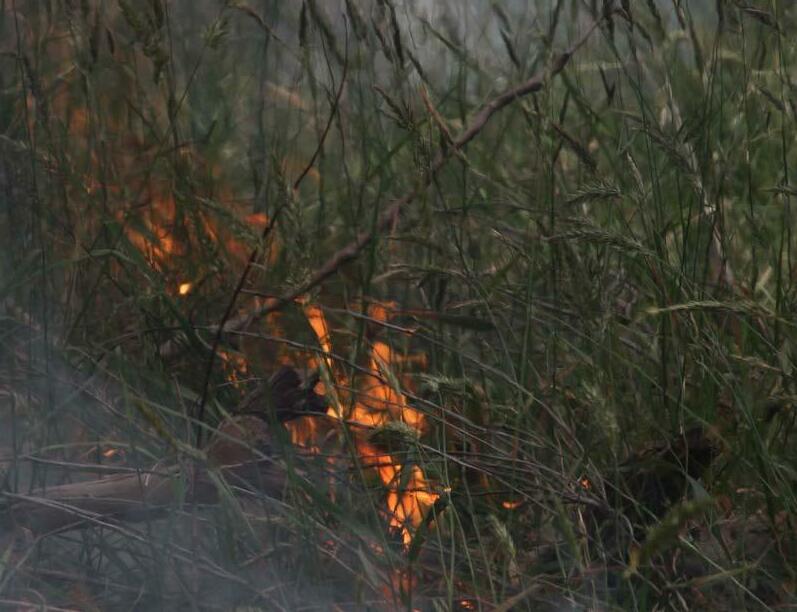
2 minute read
Farewell to a pioneer of Australian aerial firefighting
On 17 February 2022, Ben Buckley passed away in his hometown of Benambra. A farmer, pilot, local councillor and larrikin, he made a significant contribution to the East Gippsland community. Mr Buckley is remembered as a pioneer of aerial firebombing—laying the first operational drops of retardant on a lightning-strike fire in north-east Victoria 55 years ago.
1
PHOTO: GEOFFREY GOODALL
2 3
JAMES KIGHTLY

Vintage Aero Writer
On 6 February 1967, two Piper Pawnees contracted from Alpine Aviation of Benambra, Victoria, made the first operational drops of retardant on a small lightning-strike fire in northeastern Victoria.
These two aircraft, the VH-MOK and VH-GWS, were flown by experienced agricultural aviation pilots Ben Buckley and Bob Lansbury.
In what has become a classic example of firebombing, they were able to contain a remote fire until the ground crews were able to walk in some five hours later to ensure it was ‘safe’.
Previously, there had been a remarkable range of experiments with different aircraft (from heavy military four-engine bombers and single-seat fighters to agricultural aircraft) using differing drop materials, techniques and equipment. Aircraft had also often been used for fire spotting, as they are today.
But this was the first real firebombing job, and the start of modern aerial firefighting operations in Australia.
Alpine Airwork, a successor company to Alpine Aviation, remains a contractor to the National Aerial Firefighting Centre, currently supplying two single-engine air tankers at Benambra.
A well-known and colourful character in Australian aviation, Mr Buckley reflected on that day back in 1967.
“We’d just got off superphosphate operations. We dropped 15 loads on the sixth—myself and Bob Lansbury. We’d been doing some spreading, and we’d done tests a couple of years before, in 1965.
“See a bit of smoke, push the lever and drop in front of the fire!
“We’d dump on the flanks and then across the head of the fire. The fire would burn up to it, but the Phos-Chek [retardant] would suppress the burn, able to slow it right down, and then the ground team went in to make it safe afterwards.
“We had no radios then; Bob Lansbury and I, we just kept going back with another load that day, until it was done. Lansbury was an engineer before becoming a pilot, and he helped me with my Pioneer 300 recently.
“Yes, I understand it was the first official—I see they’ve put that in, ‘official’—fire bombing effort in Victoria and Australia. It wasn’t like today’s machines with their huge loads, but once we’d done it, we knew what we were doing.”
Mr Buckley will be missed by all those who got to know him in his long and colourful life.
4
Read more about the history of aerial firefighting at the National Aerial Firefighting Centre website: www.nafc. org.au/about-aerial-firefighting/history.
1. Two Pawnees and a Transavia Airtruk outside the front of the Ben Buckley’s hanger at the original Benambra mixing base.
2. Bob Lansbury flying one of the Pawnees, the VH-GWS, used on 6 Feburary 1967. Here he is doing an aerial seeding.
3. Ben Buckley.
4. Alpine Aviation of Benambra, Victoria made the first retardant drops on a fire in 1967.










